12 Cultural Celebrations Around the World You Can Experience in Autumn
Autumn is a season filled with cultural celebrations that offer a glimpse into the heart of different traditions. Across the world, people gather to mark significant moments in history, religion, and nature. These festivals often bring together families, friends, and communities for joyful celebrations. If you are ready to step out of your usual routine, autumn is a great time to experience these vibrant traditions.
This post may contain affiliate links, which helps keep this content free. Please read our disclosure for more info.
Diwali – India
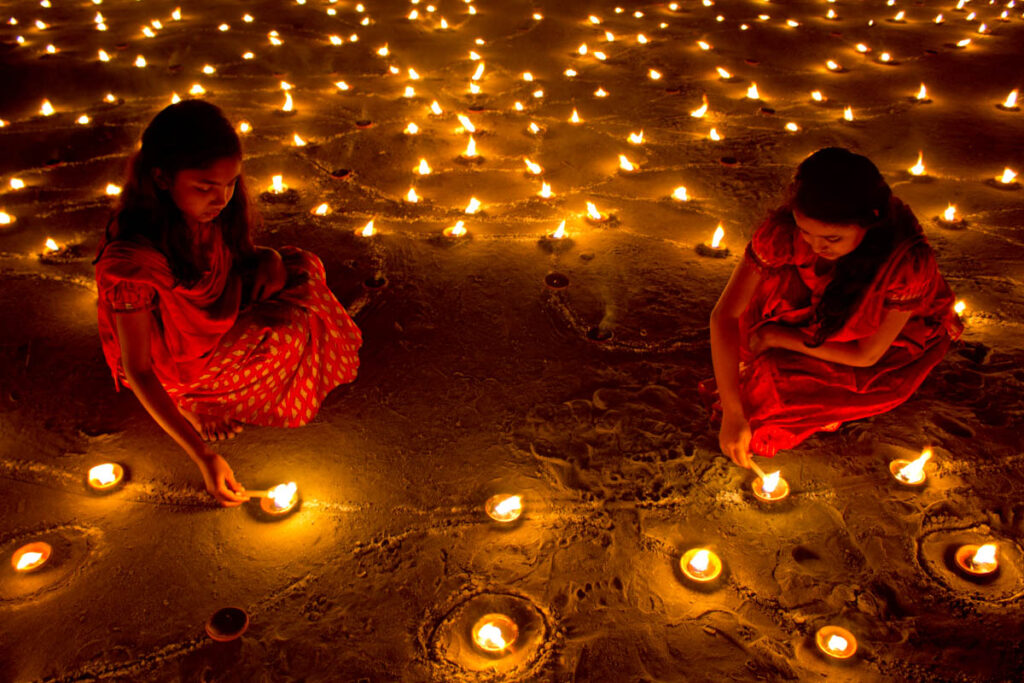
Diwali, known as the Festival of Lights, is one of the most important holidays in India. It marks the triumph of light over darkness and good over evil. During this time, families decorate their homes with oil lamps and candles, while fireworks light up the sky. The festival is a time for worship, feasts, and gathering with loved ones.
The date of Diwali changes each year, usually falling between mid-September and mid-November. The celebrations span five days, with each day representing different religious meanings and rituals. Diwali is not only celebrated in India but also among Indian communities worldwide. If you find yourself in India during this festival, expect to experience vibrant parades and community events.
Oktoberfest – Germany
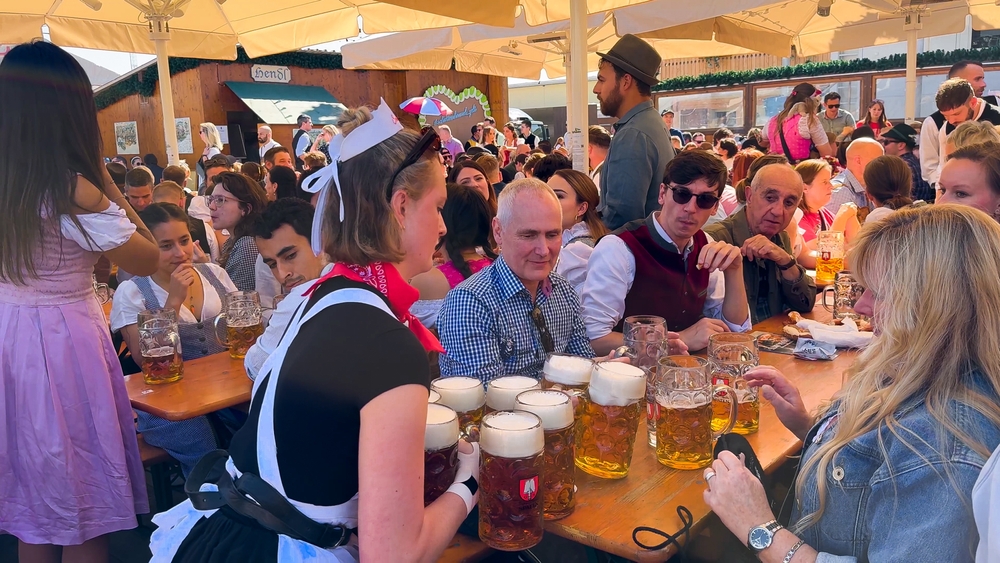
Oktoberfest is the world’s largest beer festival, held annually in Munich, Germany. It begins in late September and runs through the first weekend in October, celebrating Bavarian culture. Visitors enjoy traditional German beers, food, and lively music in massive beer tents. Many people dress in traditional Bavarian attire, such as lederhosen and dirndls, which adds to the festive atmosphere.
Though the focus is on beer, Oktoberfest also features parades, games, and performances. The festival originated in 1810 to celebrate the marriage of King Ludwig I of Bavaria. Today, millions of visitors come from all over the world to participate in this unique cultural experience. If you love food, beer, and traditions, Oktoberfest is a must-see.
Thanksgiving – United States and Canada
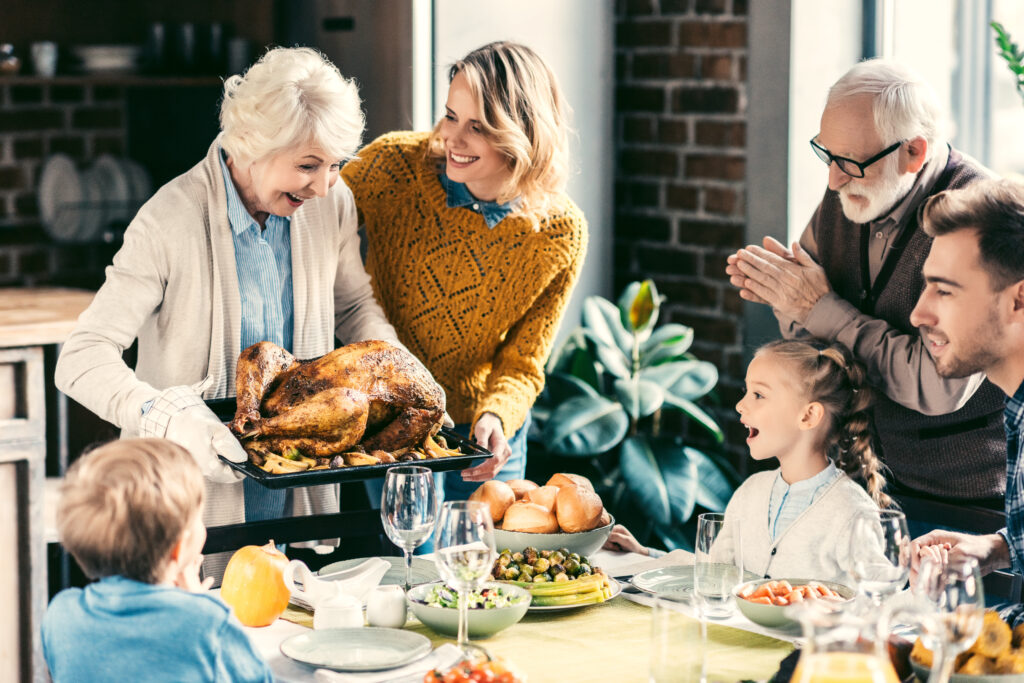
Thanksgiving is a significant harvest festival celebrated in both the United States and Canada, though the dates differ. In the U.S., it takes place on the fourth Thursday in November, while Canadians celebrate it on the second Monday in October. The holiday honors a good harvest, with families gathering to share a large meal that traditionally includes turkey, stuffing, and pumpkin pie. It is a time to reflect on gratitude and spend time with loved ones.
In addition to the meal, many people enjoy watching parades and football games on television. The holiday has its roots in early colonial history and native traditions. Thanksgiving is marked by acts of kindness and charity, with many volunteering to serve meals to those in need. It is a day to embrace community and thankfulness.
Halloween – United States, Canada, and Parts of Europe
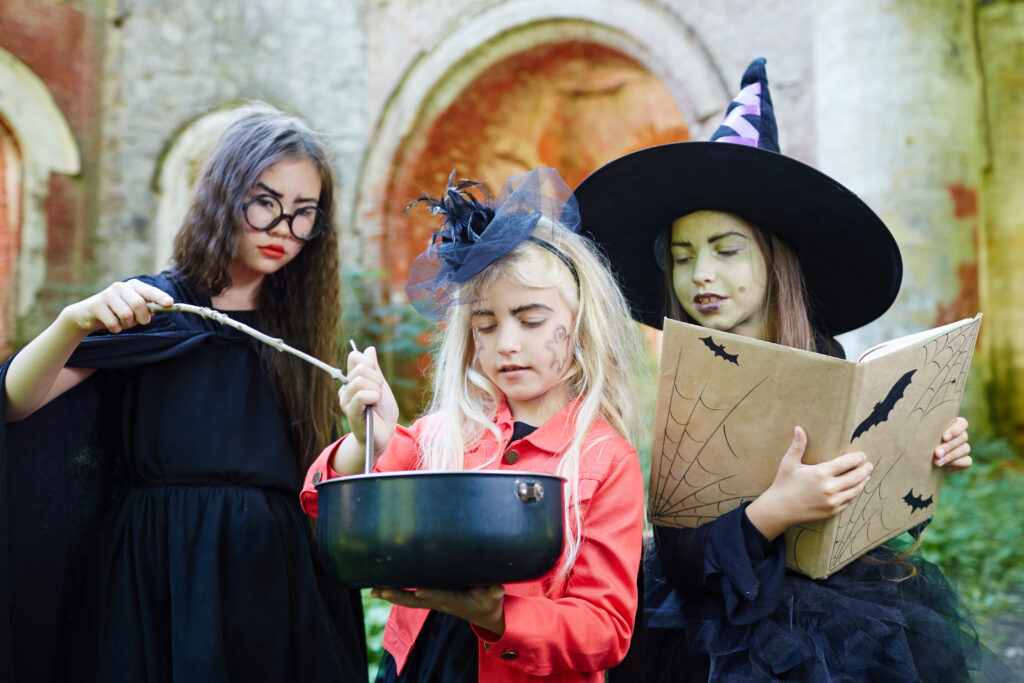
Halloween, celebrated on October 31st, has ancient roots, with origins in the Celtic festival of Samhain. Today, it is a widely celebrated holiday in many countries, especially in the United States, Canada, and parts of Europe. Children dress in costumes and go door-to-door for treats, while adults often enjoy costume parties and haunted house attractions. The celebration is filled with spooky decorations, themed food, and plenty of candy.
In addition to the fun and costumes, Halloween also features traditions like pumpkin carving and watching horror films. It is a time for people to embrace creativity and enjoy the thrill of the spooky season. Across the U.S., cities host large events and parades, while Europe’s Halloween celebrations focus more on the ancient customs of honoring spirits. It is a festive occasion for people of all ages.
Day of the Dead (Día de los Muertos) – Mexico
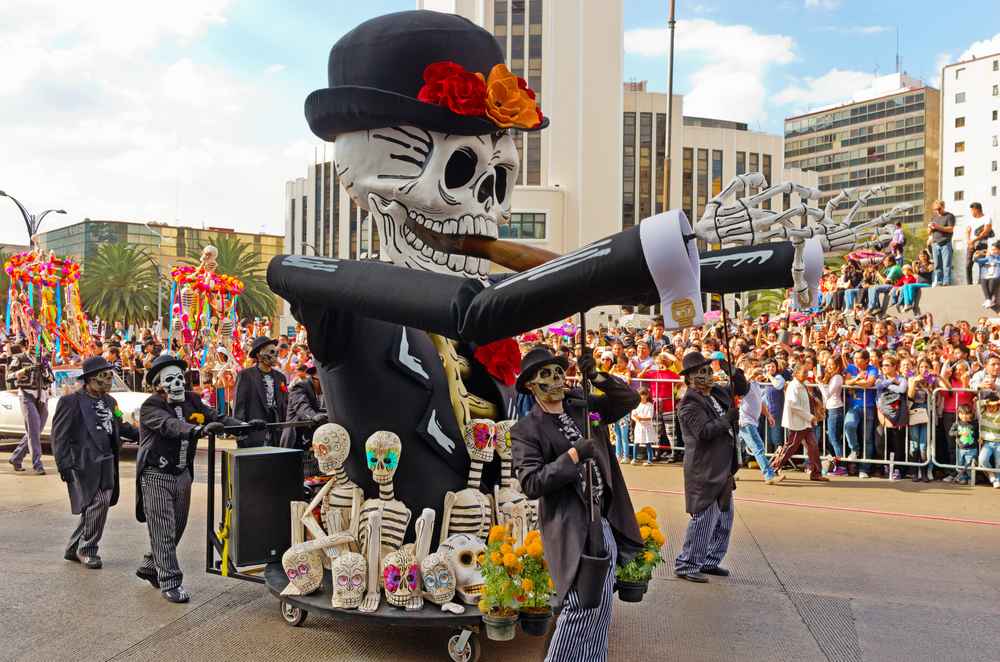
Day of the Dead, or Día de los Muertos, is a Mexican celebration held from October 31st to November 2nd. The holiday honors deceased loved ones, with families creating altars, or ofrendas, decorated with flowers, candles, and the deceased’s favorite foods. Sugar skulls, marigolds, and traditional foods like pan de muerto are common symbols during the festival. The celebration blends indigenous traditions with Catholicism, creating a unique and vibrant atmosphere.
During Día de los Muertos, it is believed that the spirits of the departed return to visit their families. The holiday is colorful and joyful, rather than somber, celebrating the lives of the deceased. Parades and festivals take place across Mexico, especially in cities like Oaxaca and Mexico City. It is a time of remembrance and connection to those who have passed.
Mid-Autumn Festival – China and Vietnam
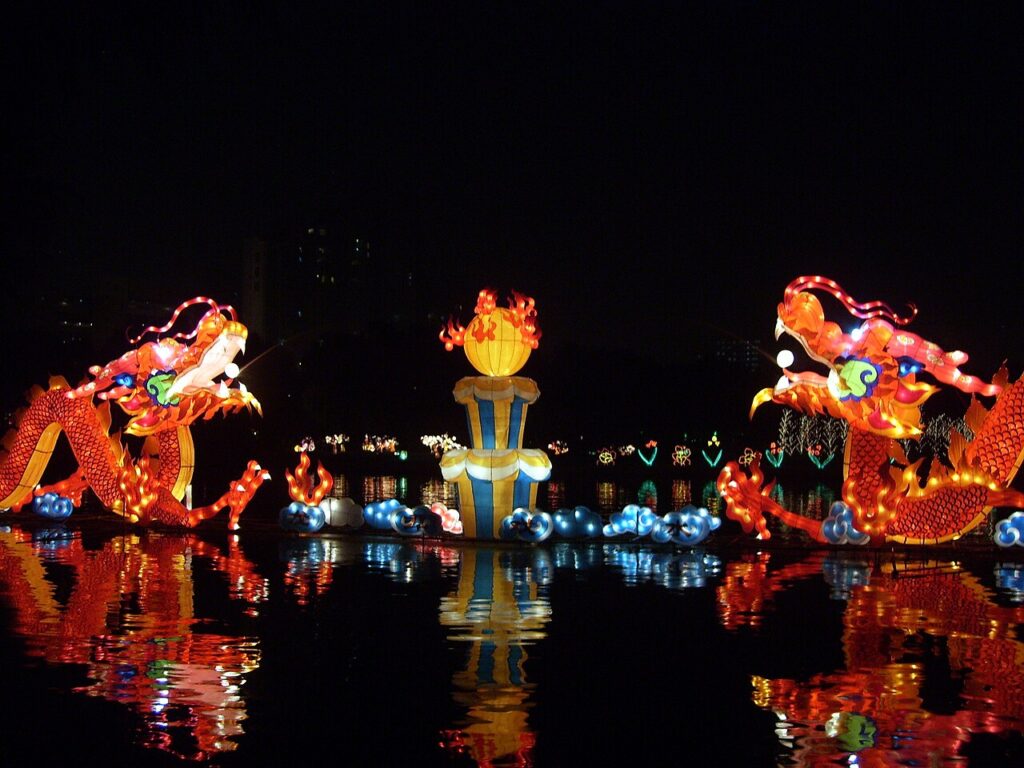
The Mid-Autumn Festival, celebrated in China and Vietnam, marks the harvest moon, which is a time for family reunions. Held on the 15th day of the 8th month of the lunar calendar, it falls in late September or early October. Families gather to share a meal and eat mooncakes, which are traditional pastries filled with various sweet or savory fillings. Lanterns are also an important part of the celebration, with people often lighting them and carrying them during evening parades.
In addition to mooncakes and lanterns, the festival is marked by cultural performances and traditional music. It is an occasion for families to celebrate unity and prosperity, with prayers for a bountiful year ahead. In Vietnam, the festival also honors children, with the belief that their pure hearts bring good fortune. It is a celebration full of joy, food, and family togetherness.
All Saints’ Day – Worldwide
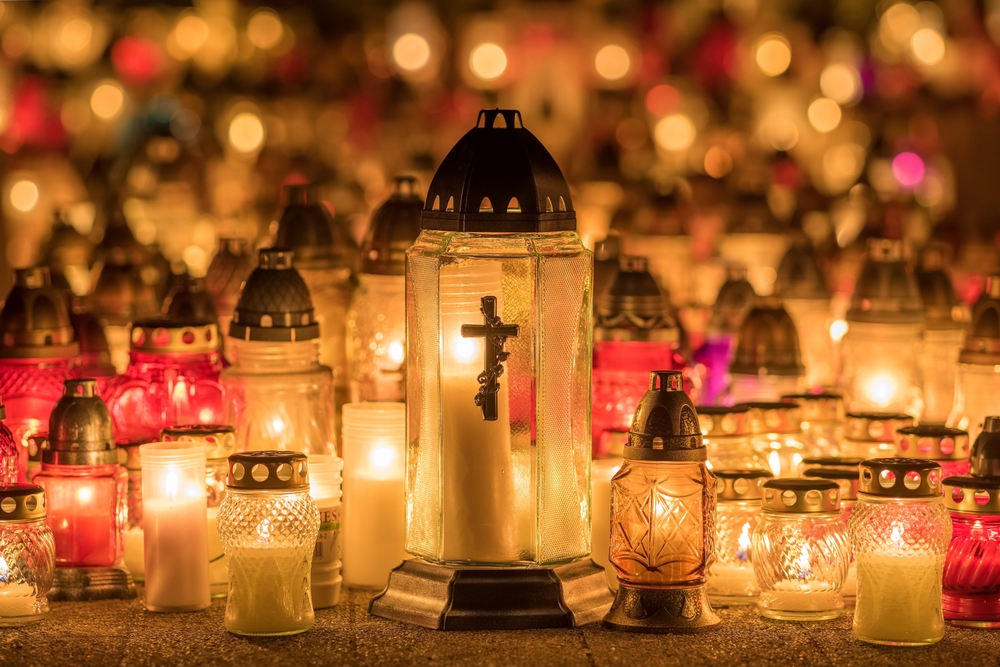
All Saints’ Day, celebrated on November 1st, is a Christian holiday observed in many countries across the world. The day honors all saints, known and unknown, and is often followed by All Souls’ Day on November 2nd, which commemorates the faithful departed. In many Catholic countries, people attend church services and visit the graves of loved ones to offer prayers and light candles.
In countries like Mexico, Spain, and Italy, All Saints’ Day is marked by family gatherings and elaborate feasts. In some regions, people decorate gravesites with flowers and offer food and drink to their departed loved ones. Though it has somber roots, the holiday is a time for spiritual reflection and family bonding. It is a day for honoring the lives of those who came before.
Samhain – Ireland and Scotland
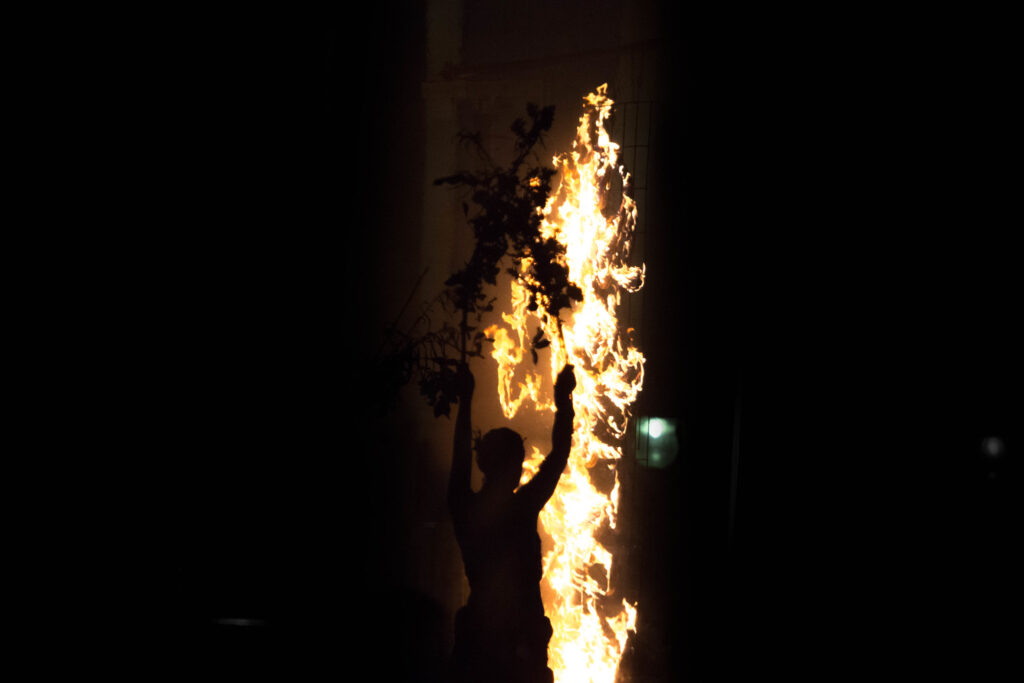
Samhain is an ancient Celtic festival marking the end of the harvest and the beginning of winter. Celebrated from October 31st to November 1st, it is considered the precursor to Halloween. Samhain was believed to be a time when the boundary between the living and the dead was thin, and spirits could roam the earth. Traditionally, people would light bonfires and wear costumes to ward off these spirits.
Though the celebration has evolved into Halloween over the centuries, its roots remain in Celtic tradition. In Ireland and Scotland, Samhain is still observed in some areas with festivals that reflect ancient practices. People often gather around bonfires, tell stories, and celebrate the changing of the seasons. The festival is an important cultural marker of the Celtic calendar.
Bonfire Night – United Kingdom
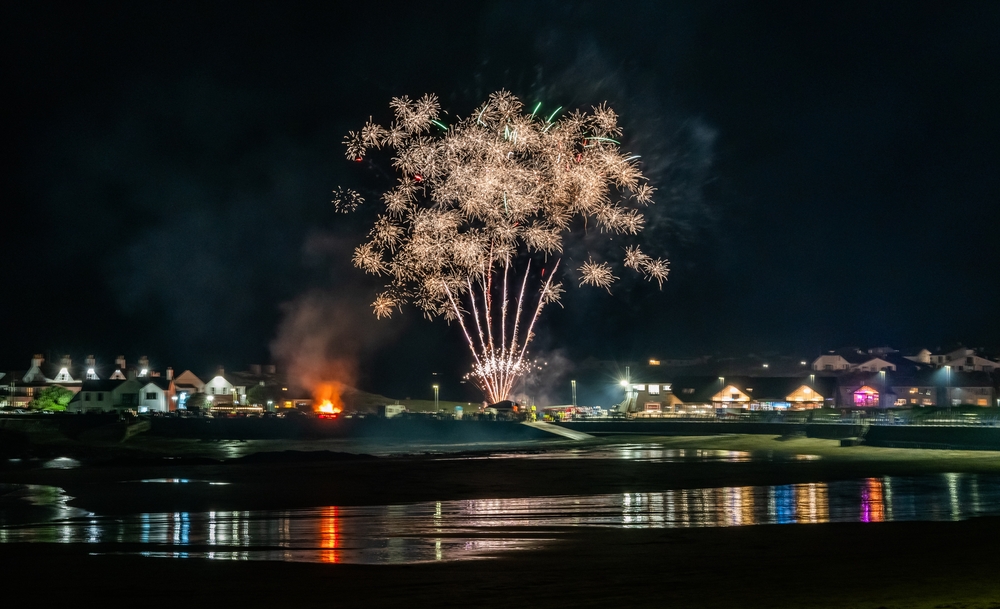
Bonfire Night, also known as Guy Fawkes Night, is celebrated on November 5th in the United Kingdom. The holiday commemorates the failed Gunpowder Plot of 1605, where Guy Fawkes attempted to blow up the Houses of Parliament. People celebrate by lighting bonfires, burning effigies of Guy Fawkes, and watching spectacular fireworks displays. The event is filled with food, games, and family activities.
The celebration dates back to the early 17th century and remains a popular tradition in the UK. Bonfire Night is a mix of history, rebellion, and fun, and it offers an exciting way to enjoy autumn nights. While the origins are rooted in political history, the modern-day celebrations are more about community gatherings and enjoying the spectacle. It is a lively and colorful event enjoyed by all ages.
Loy Krathong – Thailand
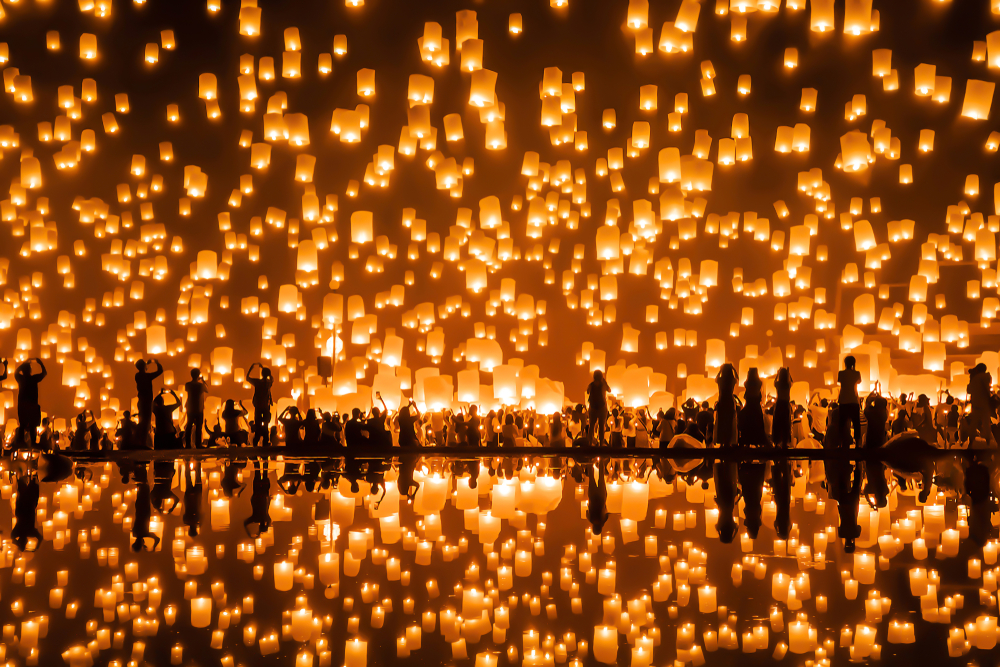
Loy Krathong is one of Thailand’s most beautiful festivals, celebrated on the full moon night of the 12th month of the lunar calendar, usually in November. The festival involves floating small, decorated boats, called krathongs, on rivers and lakes. These boats are made from banana leaves and filled with flowers, incense, and candles. The ritual symbolizes letting go of negative emotions and starting fresh.
Loy Krathong is celebrated with fireworks, music, and dance. In addition to floating krathongs, participants often make wishes for the future. The sight of thousands of illuminated krathongs floating on water is mesmerizing. The festival is celebrated across Thailand, with major events in cities like Chiang Mai and Bangkok.
Chuseok – South Korea
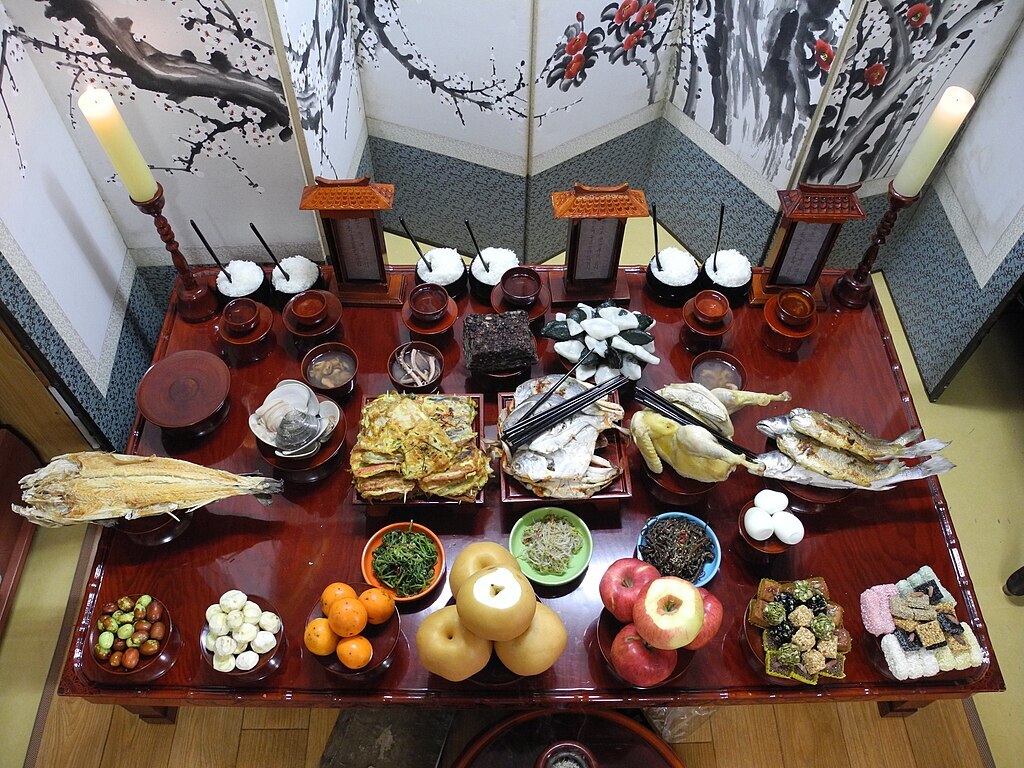
Chuseok, often called the Korean harvest festival, is a time for families to come together and celebrate the year’s harvest. Held on the 15th day of the 8th month of the lunar calendar, it typically falls in September or October. Families honor their ancestors through a ritual called Charye, which involves offering food and performing ceremonial rites. It is a time of gratitude and remembrance.
During Chuseok, people enjoy traditional foods like songpyeon (rice cakes) and freshly harvested fruits. There are also outdoor activities such as traditional games, dancing, and kite flying. Many people return to their hometowns to spend time with family, making it a time of reunion. Chuseok remains one of South Korea’s most beloved holidays, filled with customs and celebration.
Pchum Ben – Cambodia
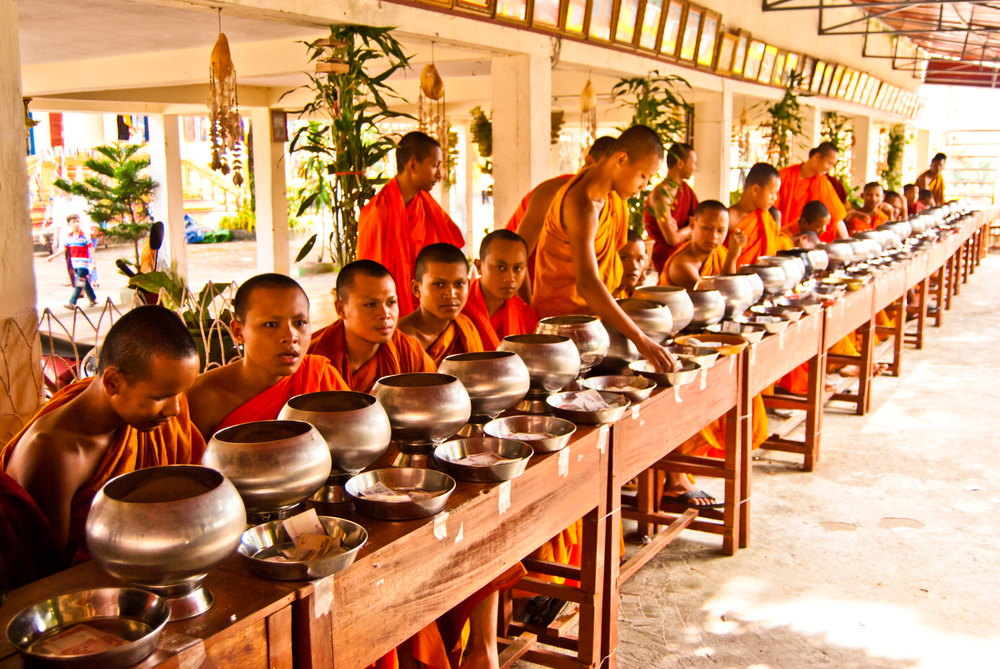
Pchum Ben, or the Festival of the Dead, is celebrated in Cambodia from mid-September to early October. It is a time to honor deceased relatives, and offerings are made at temples across the country. People visit the graves of their ancestors to pay respects and offer food. The festival is a significant cultural event for Cambodians, who believe that the spirits of the dead return to the living during this time.
During Pchum Ben, families prepare special foods and attend religious ceremonies. The streets and temples come alive with rituals, prayers, and donations. People dress in white and visit relatives and friends, reinforcing the sense of community. The holiday is a reflection of respect for the dead and a time of spiritual reflection for the living.
This article originally appeared on Avocadu.
